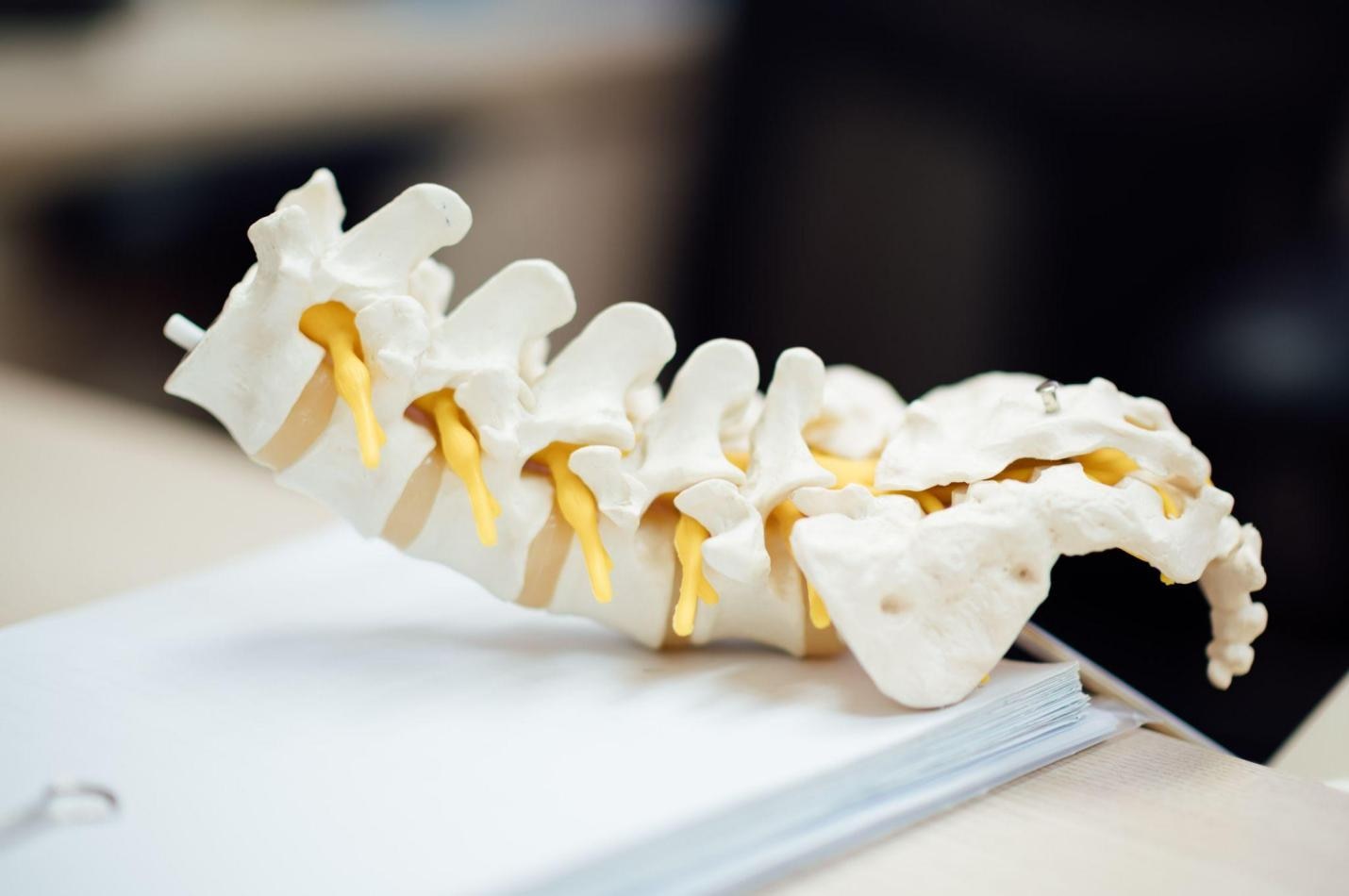Active seating, like standing desks, is quickly becoming more fashionable as people around the world look to break away from the more sedentary way of working to something altogether healthier.
Today there are countless options available for active seating, including wobble stools, exercise balls, exercise bikes and balance ball stools, all of which provide the body with the movement it requires to fight the dreaded sitting ailments many of us know all too well.
But how exactly does active seating work and what is the science behind it all?
What is active seating?
Active seating is any kind of sitting where the chair keeps the body moving - sometimes quite a bit and other times simply with some minor rocking - which essentially mimics the slight changes in posture that we experience when standing or walking.
There are many different options for active sitting and it might take a little trial and error before you find the one that suits you best.
One of the most popular options is the wobble stool which is a great introduction to active seating and doesn’t require a large investment. On the other end of the spectrum, we have the Cycle Desk Bike V9 Pro and the Sit2Go 2-in-1 Fitness Chair both of which combine an exercise bike and a workstation in one convenient place.
Why is sitting so bad?
It’s difficult to even know where to start with this one. Despite enormous improvements in office chairs in recent decades, no amount of technology can transform sitting into a healthy activity.
The truth is our bodies are simply not built for sitting in chairs for 6-8 hours every day and our increasingly sedentary lifestyle has been blamed for the worldwide explosion in obesity and increased blood pressure, while also raising the risk of heart disease, diabetes and strokes.
Then we come to musculoskeletal which arguably can be even worse. Lower back pain, shoulder and neck complaints and tight hips are some of the most common musculoskeletal issues we see from sitting too much, which certainly contribute to the estimated 1.7 billion people around the world suffering from musculoskeletal problems.

What is the science behind active sitting?
Active sitting, also known as dynamic sitting, may appear like a fairly minor and innocuous way to give the body what it needs, but as they say, a little can really go a long way.
When most people try active sitting for the first time, many remark just how uncomfortable it is - but strangely, that’s kind of the point. When we sit down in traditional seats or lie down, our core muscles relax which can lead to the sedentary problems that we mentioned above.
With active sitting, on the other hand, the body is being stressed ever so slightly and is forced to constantly move to find a comfortable position. This may sound cruel, and perhaps a little ridiculous, but it is this minor movement that activates the core muscles, stretches out those all-important back muscles and promotes a healthy posture that can make all the difference
Apart from musculoskeletal benefits, active seating also encourages better blood circulation. When we are sat still for hours on end, our metabolism and circulatory system begin to slow down which can lead to serious issues, ranging from lethargy and weakness to deep vein thrombosis. Active sitting means that the body is forced to keep up the blood flow at all times, which is also why many people believe that it encourages better concentration and productivity.
Another important factor is that active sitting has been shown to burn more calories than conventional sitting. It’s not exactly much in the grand scheme of things and you might only burn an extra 10-20 calories per day, but when you add it all up, and combine it with the other benefits here, it’s easy to see why it’s becoming so popular.
Active sitting can also be especially good for those who suffer from ADHD, tics or have excess energy as it keeps the body constantly moving, which in turn can keep the mind occupied.
How should I get started?
If you’ve been sitting on a traditional office chair for years, your introduction to active sitting might not exactly be smooth - or pleasant.
It can be easy to try it for a day and immediately hate it, but you need to remember that the body has become so accustomed to a certain way of doing things, it might take a little time to get used to it.
We recommend starting off by only using it for a couple of hours a day, which will allow your muscles and bones to slowly acclimatise to an entirely new way of working. From there, slowly begin to work up until you can go the entire day using active seating.
If you begin to feel pain while active sitting, perhaps scale back a little. It’s probably your body loudly complaining about this “uncomfortable” way of working, but that should pass.